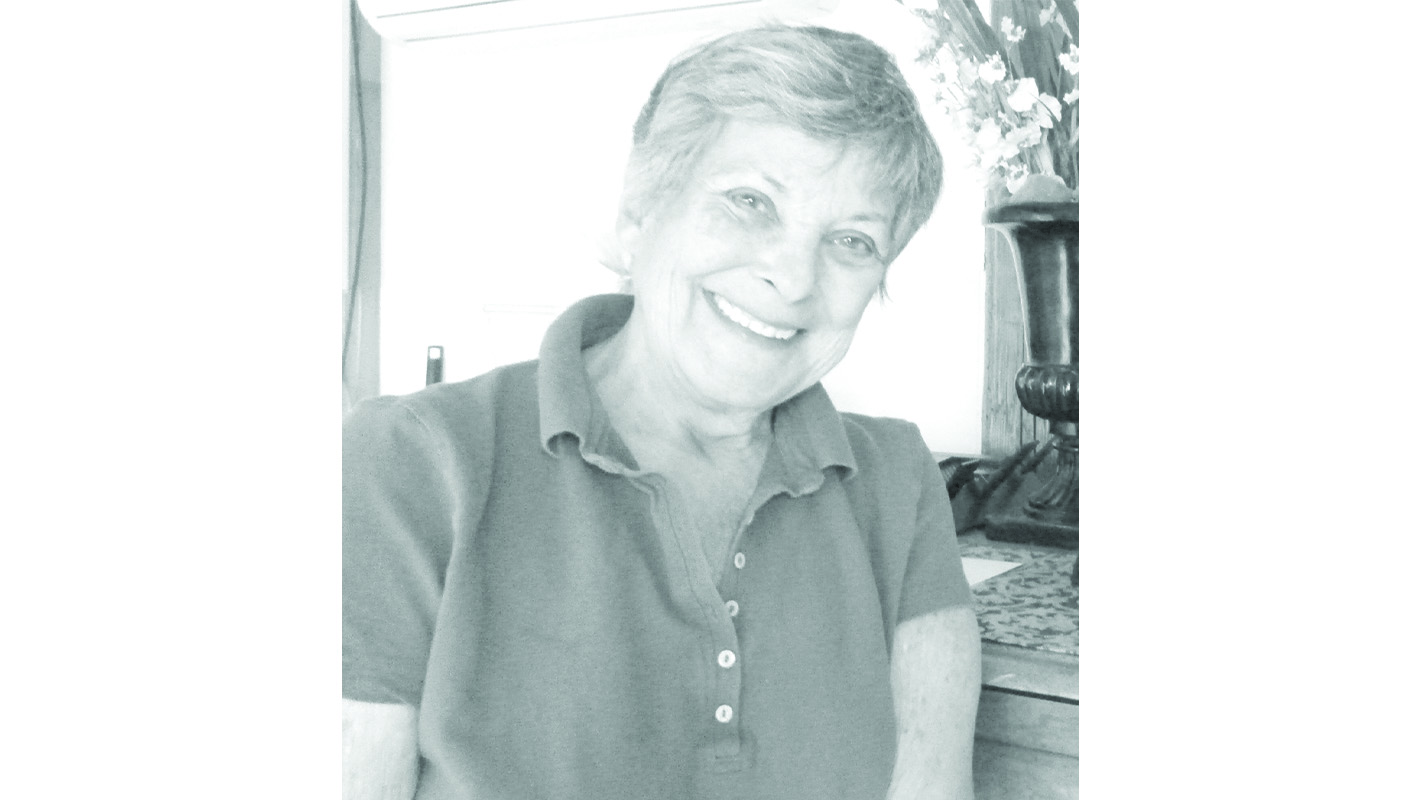It sounds boring, but it may affect what you get for Christmas not just this year but next year as well.
We all know that if the demand for tomatoes increases and supply remains unchanged, tomato sellers can raise their prices and tomato farmers will plant more tomatoes. And the reverse: If demand for tomatoes decreases and supply remains unchanged, then it leads to lower prices and farmers growing fewer.
Sounds pretty benign, eh? So let’s transpose the concept to the real world. Before COVID-19, more than a billion people worldwide were prepared to spend more than a trillion dollars on travel, tourism and hospitality. COVID slashed that demand. Many of the suppliers of these services went out of business and not even slashed prices could bring back the demand.
What happened to the money that was no longer spent on travel, tourism and hospitality? Lots went into the stock market – lots more demand for publicly-listed companies that were highly visible – companies like Amazon, Facebook, Apple, Microsoft, Netflix. Since supply of those stocks was unchanged, their prices rose dramatically – up 20, 30, 40 and more per cent.
Lots of the displaced money went from demand for services to demand for hard goods – people working from home started to spend big on home and family-related hard goods – construction materials, furniture, computers and much more – prices have gone up and supply is struggling to keep up.
Let’s look at just one product we can all relate to – Bikes – they can be a stand-in for just about anything people want to purchase. Experts have declared biking the new sport of the people, and doctors title it the best and most healthy means of transport. Huge demand for bikes of all kinds – e-bikes, road bikes, mountain bikes, folding bikes. And what has happened to the supply?
Well, a funny thing has happened to the supply of bikes in the real COVID world: they have been in short supply since last spring – most bikes are made in China, and right now there’s a backlog for either custom bikes or off-the-shelf bikes sold by Walmart and Canadian Tire. Delivery times have shot up from a few weeks to months for numerous products – all the way up to 500 days delivery time. That means that an order placed today won’t be delivered until April 2022! Prices will go up, but it’s not going to help if manufacturers can’t make enough product fast enough.
This is what a real SNAFU looks like – the example of tomato supply and demand with rising and falling prices as the catalyst for change doesn’t work when an external force like COVID causes the shutdown of parts of the global economy. In the case of bikes, factories were shut down for months – when they started producing again, they had to order all the myriad parts and components. Any one component missing means delays completing of the bike. And then there’s the issue of shipping them to Sherbrooke or anywhere else in the world.
There are 17 million containers in the world and they too are in short supply. Containers bringing consumer goods from Asia are normally unloaded, then filled with exports of other commodities. Brazil for example, ships meat, pulp and coffee in containers to China, a journey that takes a month each way, while Canada uses them to ship everything from specialty crops to lumber, plywood and paper. The availability of cargo containers at Hamburg, Rotterdam and Antwerp in Europe and Long Beach and Los Angeles in the U.S. are at the lowest levels recorded, according to a Bloomberg report. Canada doesn’t have enough containers to export some of its pea and lentil crops and exports are running as much as two months behind. The price of a container has jumped from $1,800 last year to upwards of $8,000 today.
That’s the imbalance today. It will change when everyone has been vaccinated, there is no more “red zone” and people start planning their travel, hospitality and tourism activities. Supply and demand for them will disrupt the economy again. I do not predict the future. But I’m preparing for a world that does not get back to any semblance of normalcy until mid-decade at least.
Dian Cohen is an economist and a founding organizer of the Massawippi Valley Health Centre
Cohendian560@gmail.com
For full story and others, subscribe now.





